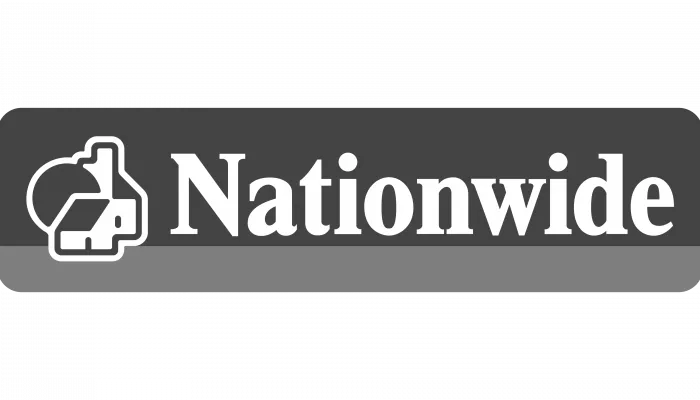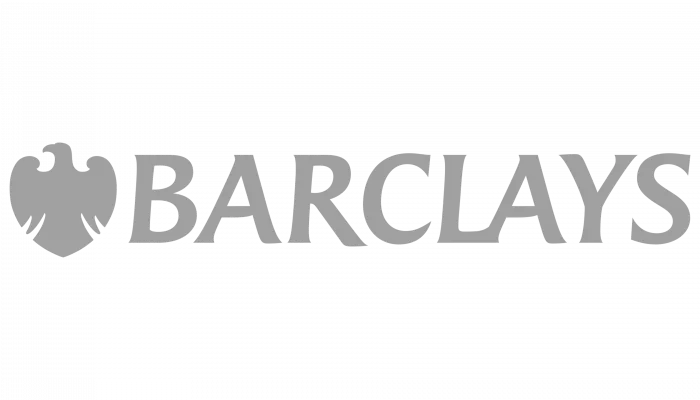The government’s Help to Buy Schemes continue to be used by home buyers keen to get into the housing market. 2017 was an busy year with over 32,000 new-build homes purchased using the Help to Buy Equity Loan Scheme. This reflects a 23% increase over the previous year.
In addition to Help to Buy Equity Loans, the government also introduced the Help to Buy ISA Savings Scheme two years ago and the attractive incentives available to first-time buyers has not been lost on many.
In total, some 350,000 people have now used one of the various government initiatives introduced to help people onto the property ladder. Of course, there are other benefits, including the support of the housing market and house builders in particular.
The Help to Buy Scheme helped buyers by lending up to 20% of their new home’s value (40% in London) by way of a government backed loan at zero interest for the first five years!
This has helped many in the South East to access the housing market and benefit from a growth in house prices. Others in areas with less buoyant markets may not have benefited too as great a degree and as interest starts to be charged on the first loans in 2018, it will be interesting to see how this affects the market.
The figures seem to illustrate that house prices in the first-time buyer sector are rising faster than wages, which would seem to suggest that the scheme is, in large part, responsible for the support of the housing market and the inflation of prices in this sector. With over £35 billion worth of property now subject to support from over £7 billion worth of government loans, the impact on the market is certainly not insignificant.
For more details see our Help to Buy Loan Scheme page.
For more information or to speak to a Help to Buy mortgage expert, contact us on 01628 507477.
Related articles:
Recent posts
Best UK Mortgage Rates this Week
Yesterday

Here are the lowest fixed mortgage rates of the week, available to first-time buyers, home movers, buy-to-let, and those remortgaging.
Call us for more information: 01628 507477 or email: team@mortgagerequired.com.
Autumn Budget 2025: A Summary
17 days ago

Chancellor, Rachel Reeves, has delivered the Autumn 2025 budget. We have summarised the government's plans for tax and spending.
Renters' Rights Act
14 Nov 2025

The Renter’s Rights Bill became law at the end of October, which means it has been signed off by the King, and it is now the Renters’ Rights Act. Despite this becoming law, these changes are likely to start changing within the next six months, with the aim of being fully implemented throughout 2026 and into 2027.

A welcome change in school is coming as financial literacy is due to become compulsory in schools in England.
The Government has announced that as part of the new national curriculum, children in primary and secondary education will be required to learn about budgeting, compound interest, managing money, and mortgages.
The top 10 most beautiful villages in the world
24 Oct 2025

Forbes has published a global ranking of stunning locations and one popular picturesque corner of the UK has nabbed top spot.

Over three years after the Mini-Budget took place, we look at what the mortgage market looks like now, showing the difference in mortgage repayments.

The government has announced plans to make buying or selling a home cheaper and quicker with what is being called the “biggest shake-up to the homebuying system in this country’s history.”
More borrowers using equity release
1 Oct 2025

Almost one in five equity release mortgages are now taken out to provide financial support to family.



















